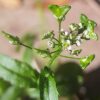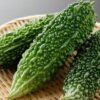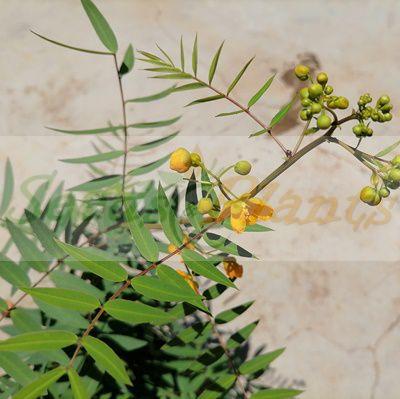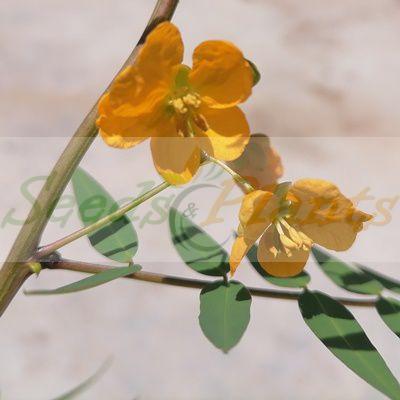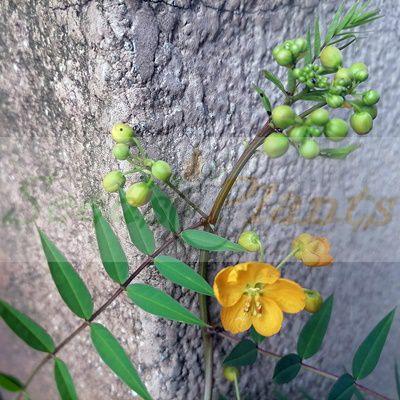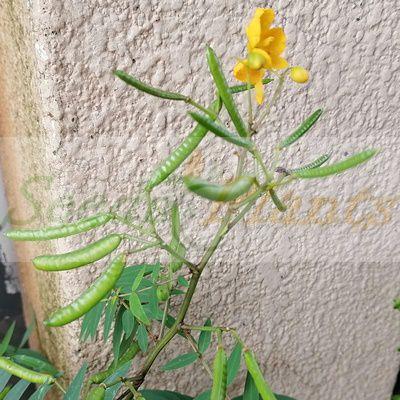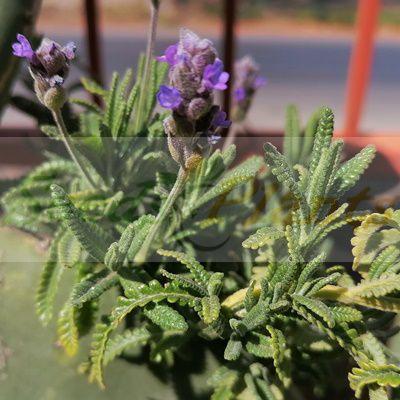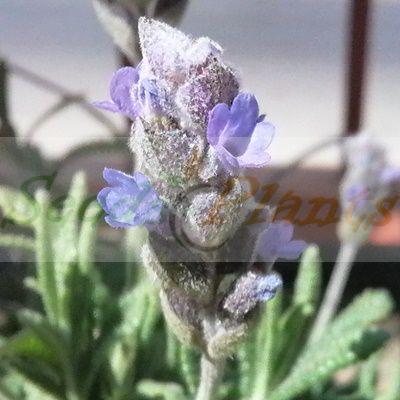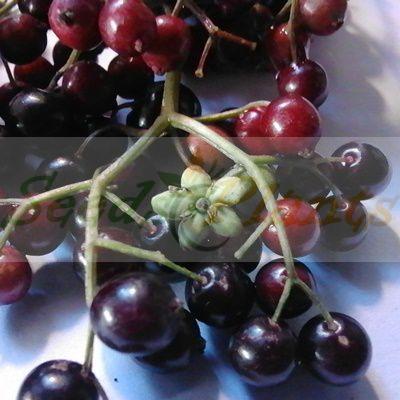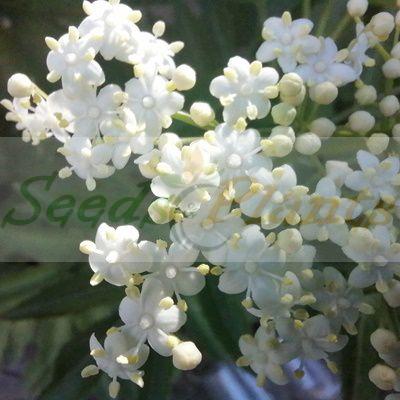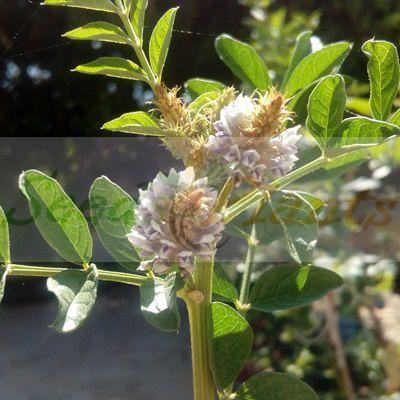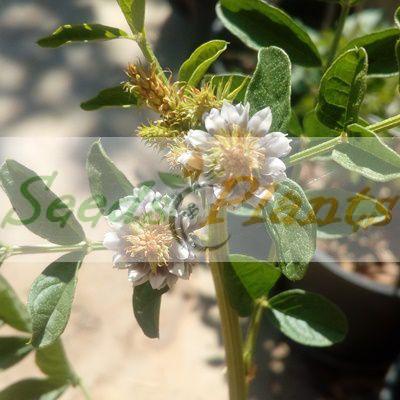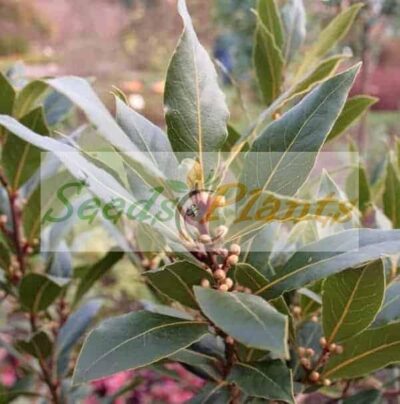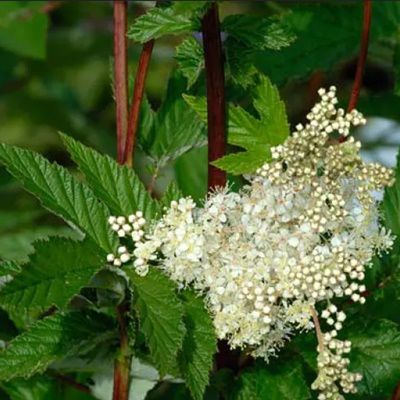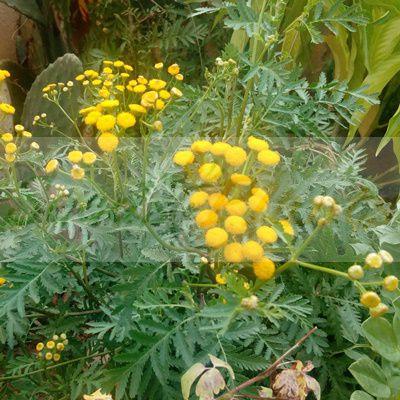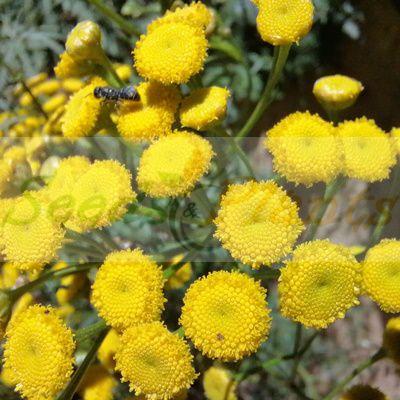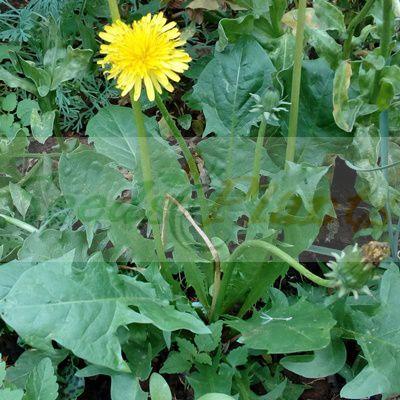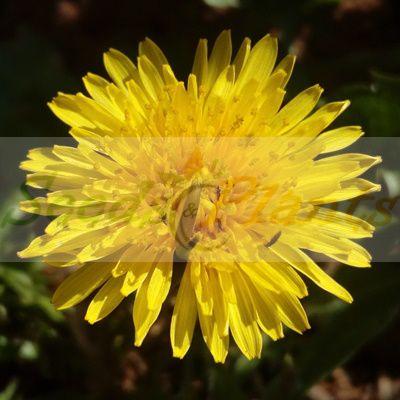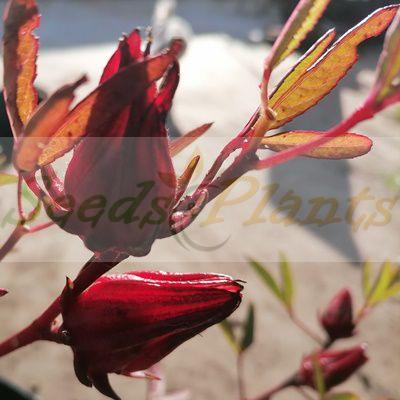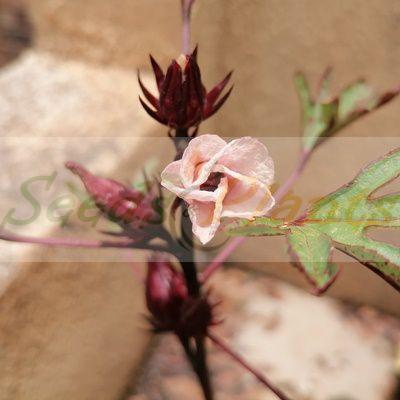🌿 Herbal Quick Facts
Medicinal Info
- 🌍 Origin / Region: Arabian Peninsula, India, North Africa, Sri Lanka
- 🌿 Medicinal Part: Leaf, Pods
- 🍵 Herbal Preparation: Decoction
- ⚕️ Healing System: African Traditional Medicine, Ayurvedic System of Medicine, Chinese Traditional Medicine, Siddha System of Medicine, Unani System of Medicine
Growth Traits
- 🌱 Life Cycle: Perennial
- 🦋 Pollinator Method: Attracts Bees
- 🪴 Growth Habit: Tall Growing, Upright
- 🌿 Foliage Type: Evergreen, Semi-Deciduous
- 🌸 Flower Color: Yellow
Growing Requirements
- 🌞 Sun Exposure: Full Sun, Partial Shade
- 💧 Water Needs: Avoid Overwatering, Regular Water
- ☀️ Growing Conditions: Drought Tolerant, Frost Sensitive
- 🟤 Soil Preference: Loam, Sandy, Well-Drained
Alexandrian Senna – 20 Seeds
(Senna alexandrina)
R30.00
A beautiful perennial plant which historically was used in the form of senna pods, or as herbal tea made from the leaves.
Common Names: Egyptian senna, Tinnevelly senna, East Indian senna and in French it is known as séné de la palthe.
Seed Type: Organic – Harvested from our own plants.
Indoor Sowing: Late Winter and Spring.
Direct Sowing: Spring.
In stock
🌿 Herbal Quick Facts
Medicinal Info
- 🌍 Origin / Region: Arabian Peninsula, India, North Africa, Sri Lanka
- 🌿 Medicinal Part: Leaf, Pods
- 🍵 Herbal Preparation: Decoction
- ⚕️ Healing System: African Traditional Medicine, Ayurvedic System of Medicine, Chinese Traditional Medicine, Siddha System of Medicine, Unani System of Medicine
Growth Traits
- 🌱 Life Cycle: Perennial
- 🦋 Pollinator Method: Attracts Bees
- 🪴 Growth Habit: Tall Growing, Upright
- 🌿 Foliage Type: Evergreen, Semi-Deciduous
- 🌸 Flower Color: Yellow
Growing Requirements
- 🌞 Sun Exposure: Full Sun, Partial Shade
- 💧 Water Needs: Avoid Overwatering, Regular Water
- ☀️ Growing Conditions: Drought Tolerant, Frost Sensitive
- 🟤 Soil Preference: Loam, Sandy, Well-Drained
Alexandrian Senna (Senna alexandrina) is a shrubby plant that reaches 0.5–1 meters, rarely two meters in height with a branched, pale-green erect stem and long spreading branches bearing four or five pairs of leaves. Senna Alexandrina is also known under the names Egyptian senna, Tinnevelly senna, East Indian senna or the French séné de la palthe.
It grows natively in upper Egypt, especially in the Nubian region, and near Khartoum, where it is cultivated commercially. It is also grown elsewhere, notably in India and Somalia.
The flowers are in a raceme interior blossoms, big in size, colored yellow that tends to brown. Its legume fruit are horned, broadly oblong, compressed and flat and contain about six seeds.
Historically, Senna Alexandrina was used in the form of senna pods, or as herbal tea made from the leaves, as a laxative. It also serves as a fungicide.
Growing Alexandrian Senna
Indoor Sowing: Late Winter and Spring.
Direct Sowing: Spring.
- The seeds need to be scarified or else can be soaked overnight in warm water before planting.
- If you start the seed indoors, use biodegradable peat pots to accommodate their taproots and reduce the risk of transplant shock.
- Press the seeds gently into the soil, without burying them completely, as light is a germination catalyst.
- Keep the soil moist but not waterlogged to prevent mold growth.
- Provide ample but not direct sunlight.
- Maintain a consistent temperature range of 21-24°C.
- Germination can take one week to three months.
- The plant needs well drained soil.
- It should be planted in full sun to flower and produce the most colorful blossoms, but can also grow in partial shade.
- Can be successfully grown in containers.
Does this plant have medicinal uses?
Traditionally, Alexandrian Senna has a history of use in various healing systems, including African Traditional Medicine and Ayurvedic System of Medicine. Seeds are sold for cultivation purposes only.
Disclaimer
Medicinal Information:
All medicinal information on this website is for educational and informational purposes only and may not be construed as medical advice. The information is not intended to replace medical advice or treatment offered by healthcare professionals.
Seeds, Plants, Plant Cuttings, Geophytes and Dried Herbs:
In some countries and provinces, certain plants are deemed as invasive and are not allowed to be planted at all, whilst some plants are allowed to be grown only in certain areas or provinces. The onus is on you as the buyer to familiarize yourself with the regulations pertaining to your location, before purchasing any of our seeds, plants, plant cuttings, geophytes or dried herbs. We will not be held liable, should you purchase any seeds, plants, plant cuttings, geophytes or dried herbs. from us which are prohibited in your country or province.

